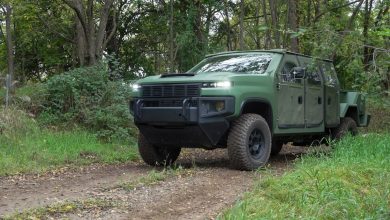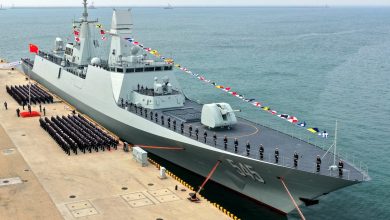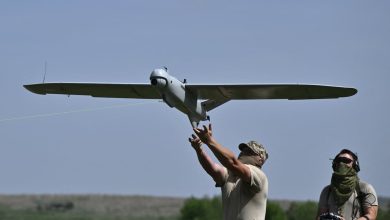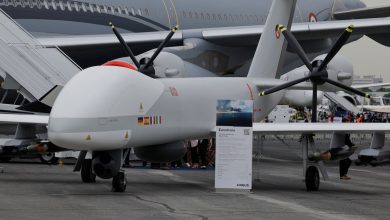US Space Force moves to make its systems battle-ready by 2026
The Space Force this summer kicked off a campaign to ready itself for a potential conflict by closing high-priority gaps in its command-and-control architecture — an effort to ensure that the systems and processes military leaders rely on for tactical decisions work together as designed.
Prodded by a request from Gen. Stephen Whiting, head of U.S. Space Command, the service has set a goal to ensure that four high-priority, classified systems are fully integrated into that architecture by 2026. The Space Force is also crafting a roadmap for integrating future C2 systems in the coming years, according to Claire Leon, who oversees systems integration at Space Systems Command, the Space Force’s acquisition arm.
“It’s really all about being ready for contested space by 2026 and having the people, the processes, the tools, the doctrine, everything in place so that we can operate effectively,” Leon said Oct. 23 at SSC’s Space Industry Days conference.
The Space Force refers to the string of systems and operations, many of them classified, that need to connect in order to respond to a particular scenario as mission threads, or kill chains. For example, if a Space Force or Missile Defense Agency system detected an anti-satellite missile approaching a U.S. asset, the mission thread includes early-warning capabilities for finding the incoming weapon, data-processing systems for characterizing it, and decision-assessment tools for developing a response.
The service has been working for years to close capability and process gaps within those threads but has struggled to balance and coordinate priorities among the other Defense Department and intelligence organizations. While individual capabilities were being matured, they weren’t being integrated through end-to-end testing.
Whiting has said publicly that having resilient and timely operational C2 systems is a top priority for Space Command.
“Space C2 enables us to protect our space capabilities from the threats we now face and protect the Joint Force from space-enabled attacks from the adversary,” he told the Senate Armed Services Committee in February. “The increasingly dynamic space environment requires a resilient C2 architecture to synchronize space forces and effects for space domain operations as well as in support of traditional terrestrial operations.”
Leon said Whiting’s directive this summer to Space Force leadership provided new urgency in addressing Space Command’s most pressing needs at a faster pace. Her team is coordinating the effort with organizations like Space Operations Command, the National Reconnaissance Office and the Missile Defense Agency.
Leon told reporters in an Oct. 24 briefing that the service is making progress on the effort and she’s confident the Space Force will have the capabilities ready for Space Command by 2026. However, she said, the service will need to shift resources toward the effort and possibly delay other projects to meet the timeline.
The biggest challenge, she said, has been getting clearances for the personnel involved in the effort.
“A lot of the capabilities that we’re talking about are at a higher classification level and we still have bureaucracy associated with getting people cleared,” Leon said. “We have enough people. We need to solve the security issues.”
Courtney Albon is C4ISRNET’s space and emerging technology reporter. She has covered the U.S. military since 2012, with a focus on the Air Force and Space Force. She has reported on some of the Defense Department’s most significant acquisition, budget and policy challenges.
Read the full article here






